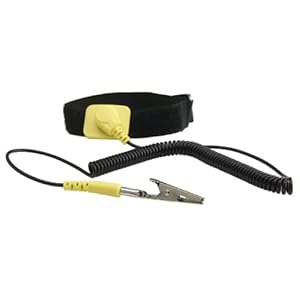Hi all;
i have a pile of hardware now. 4 Lynx Expresses, 1 ether dongle, 2 wrieless boards, 3 aether's
I will add the smart string hub and controllers whenever a coop opens.
This pile is for my first christmas..
I do have a question on soldering best practices. I used to work for Hughes Aircraft Company in El Segundo, Calif. I got Nasa certified in soldering then to work on the radar units.
These were some of the "rules" for soldering.
1) Cant use wire strippers that cut the insulation, must use thermal strippers. Nicking a wire could lead to failure in the radar. I assume, this really doesn't matter in our hobby.
2) When tinning wire, the solder could not go under the insulation.
3) When wrapping wire around a post it had to be 3/4 wrap,
4) You had to use a ant-static wrist strap when assembling.
There were more about how to heat the write, how much solder to use, how to check for cold solder joints, how to trim the wire, how to clean the connection afterwards , .etc.
I was wondering about (4), do people use an anti-static wrist strap when assembling these kits?
something like this:
You are not allowed to view links.
Register or
Login
It has been 40 years since i soldered, methods may have changed.
wow i feel old...